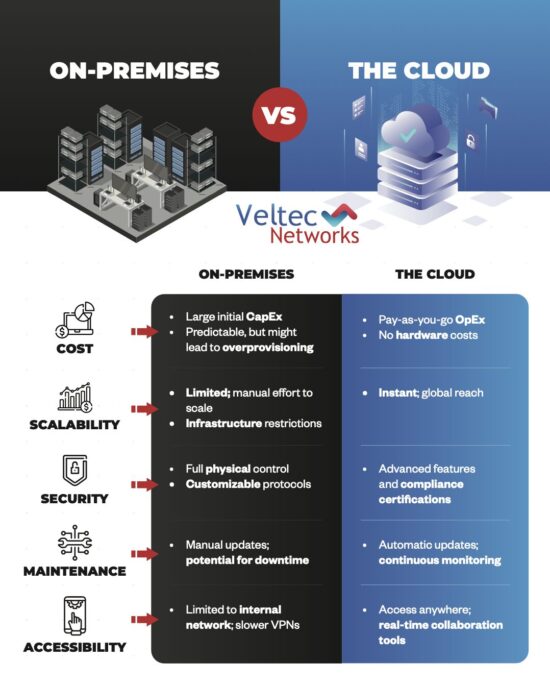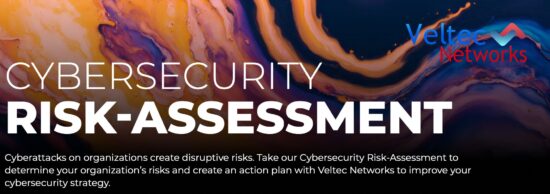The Dark Web In The San Francisco Bay Area
To the average business professional, the Dark Web might seem more like a Hollywood fiction than a threat. The idea of an invisible place on the Internet where hackers gather and trade secret handshakes and data sounds like a Harry Potter movie. But the facts are that digital thieves access areas of the Internet that cannot be found through common Google searches. They engage in criminal activities on platforms only a few can identify. But the truly frightening aspect of the Dark Web is that your data or personal identifying information could be for sale in this electronic underworld, right now.

What You Need to Know About the Dark Web
In order to dispel the seeming mysticism about the Dark Web, it may be easier to understand it in a technical fashion. Sites associated with the Dark Web are not necessarily different than the ones you use or visit. What’s unique is that wide-ranging search engines do not index them. Running a search for an actual Dark Web site is like shining a flashlight down a hole without batteries. Cybercriminals, on the other hand, know how to access these hotbeds of illicit activity.
Although a full tally of Dark Web sites remains something of a mystery, a 2015 research study uncovered 2,723 active platforms during a five-week investigation, according to CSO Online. Compounding the unknown threat, 57 percent reportedly hosted illicit material. A 2019 poll regarding Dark Web threats concluded at least 60 percent could harm an enterprise. Items that were for sale included the following.
- Login Credentials to a $50,000 bank account for $500.
- An offer to secure $3,000 in counterfeit $20 bills for $600.
- Seven prepaid debit cards worth $2,500 each for $500.
- $10,000 worth of stolen bitcoin for $800.
A recent Forbes magazine report indicated that complete identity theft packages — called “Fullz” — are routinely available for as little as $4 each. Hackers also sell business network attack services, such as Distributed Denial of Service (DDoS), at going rates of $50 per hour.
Does the Dark Web Pose a Danger to Your Business?
One of the many misconceptions about cybercrime is that organizations quickly discover they’ve been hacked. That may hold true of ransomware attacks. But experienced hackers run their criminal enterprises like a business. They are willing to inconspicuously mine your valuable data without your knowledge.
One of the telling examples involves Marriot International. Hackers concealed themselves for upwards of two years as they pilfered off a treasure trove of personal identity data. All told, the long-term hack impacted a possible 500 million customers, according to ZD Net.
One of the ways that hackers covertly penetrate business networks is by leveraging current or former employee login credentials. Called “credential stuffing,” a digital thief identifies an outfit that allows people to use their email as a username. Using automation, they run a series of commonly used passwords against those usernames until one matches up. With both pieces of the puzzle, hackers enjoy approved access to your business network without triggering security alerts.
What makes matters even worse are ex-employee emails that remain in circulation. These can be pulled off business networks or social media sites. Because few operations monitor old emails, no one is the wiser as hackers copy and sell everything.
How to Protect Against Dark Web Threats
The first step toward securing your data requires working with a certified cybersecurity expert to shore up your defenses. Given that assets associated with your organization and customers may already be for sale, Dark Web monitoring can identify breaches.
Industry leaders would be wise to work with a cybersecurity specialist because the Dark Web has a defense system of its own. It’s infested with viruses and triggers that could devastate your network. But once you’ve hardened your defenses and enlisted an expert to conduct a Dark Web audit, you can either sleep well or take proactive measures.






